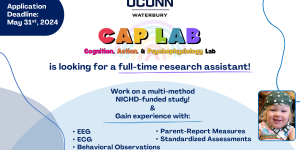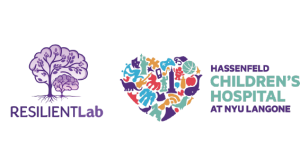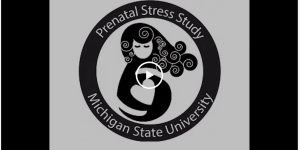2024 ISDP Dissertation Award Winner – Nicole Walasek, PhD
2024 ISDP Dissertation Award Winner – Nicole Walasek, PhD, Postdoctoral Researcher,
University of Amsterdam, Evolutionary and Population Biology, Netherlands. She will give a 10-minute talk at ISDP 2024 related to her dissertation on “The evolution and development of sensitive periods: Theoretical and statistical approaches.”





